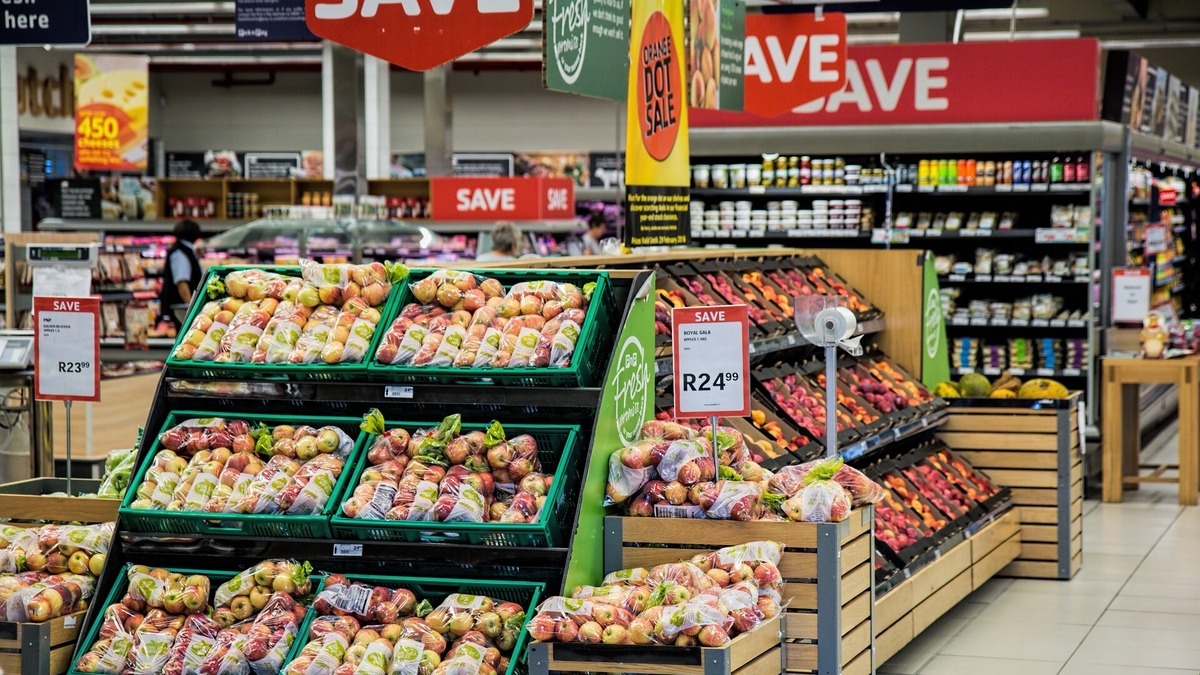
A comprehensive research study carried out by the University of Notre Dame has shed light on the difficulties faced by participants of the Supplemental Nutrition Assistance Program (SNAP) in low-income households. The study found that these individuals may struggle to meet the nutrition levels set forth by the Dietary Guidelines for Americans (DGA). The research utilized a computational model to analyze the affordability of a healthy diet based on the DGA’s recommended nutritional values, considering SNAP allotments and the cost of groceries.
Correlation Between Cost and Nutritional Value
The findings from the study demonstrate a correlation between the cost of food and its nutritional value. In particular, there’s a direct link between sodium and cost, making it quite challenging for SNAP participants to adhere to dietary guidelines for vitamins and minerals. The research also highlighted the difficulty in crafting a meal plan that meets the dietary guidelines for men within the maximum SNAP allotment offered.
Impact of Food Deserts and Transportation Constraints
Another significant point of the research is the impact of food deserts and transportation constraints on access to healthy food for low-income households. Such households often have limited access to grocery stores that offer fresh, healthy food options. As a result, they rely on alternative food sources such as food pantries, which may not always provide nutritionally balanced options.
Addressing Food Access and Insecurity through Technology
This study is part of the Food Information Networks (FINS) project, which seeks to address food access and insecurity challenges through technology. One of the key initiatives of the FINS project includes the development of an app that recommends healthier food items based on dietary goals and budgets. This app will utilize artificial intelligence to offer personalized diet recommendations, providing a potential solution to the challenges faced by SNAP participants.
Need for Policy Changes to Improve Nutritional Quality of SNAP Benefits
While technology can play a pivotal role in addressing these issues, the study also highlighted the need for policy changes to improve the nutritional quality of SNAP benefits. Such changes can help ensure that SNAP participants, especially those in low-income households, have access to the nutritional resources they require to lead healthy, balanced lives.
Conclusion
Ultimately, this study from the University of Notre Dame offers insightful understanding of the challenges faced by SNAP participants in adhering to recommended dietary guidelines. By leveraging technology and advocating for policy changes, it’s possible to improve food access and nutritional quality for SNAP participants, thus addressing food insecurity in low-income households nationwide.
